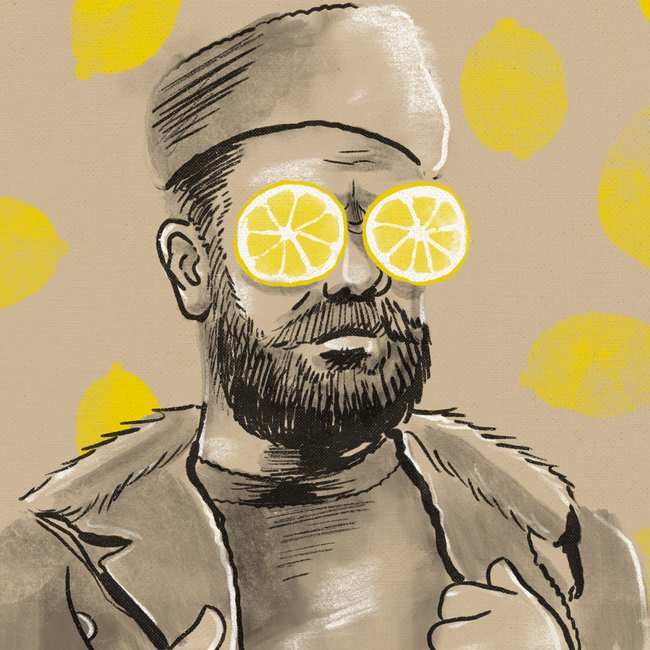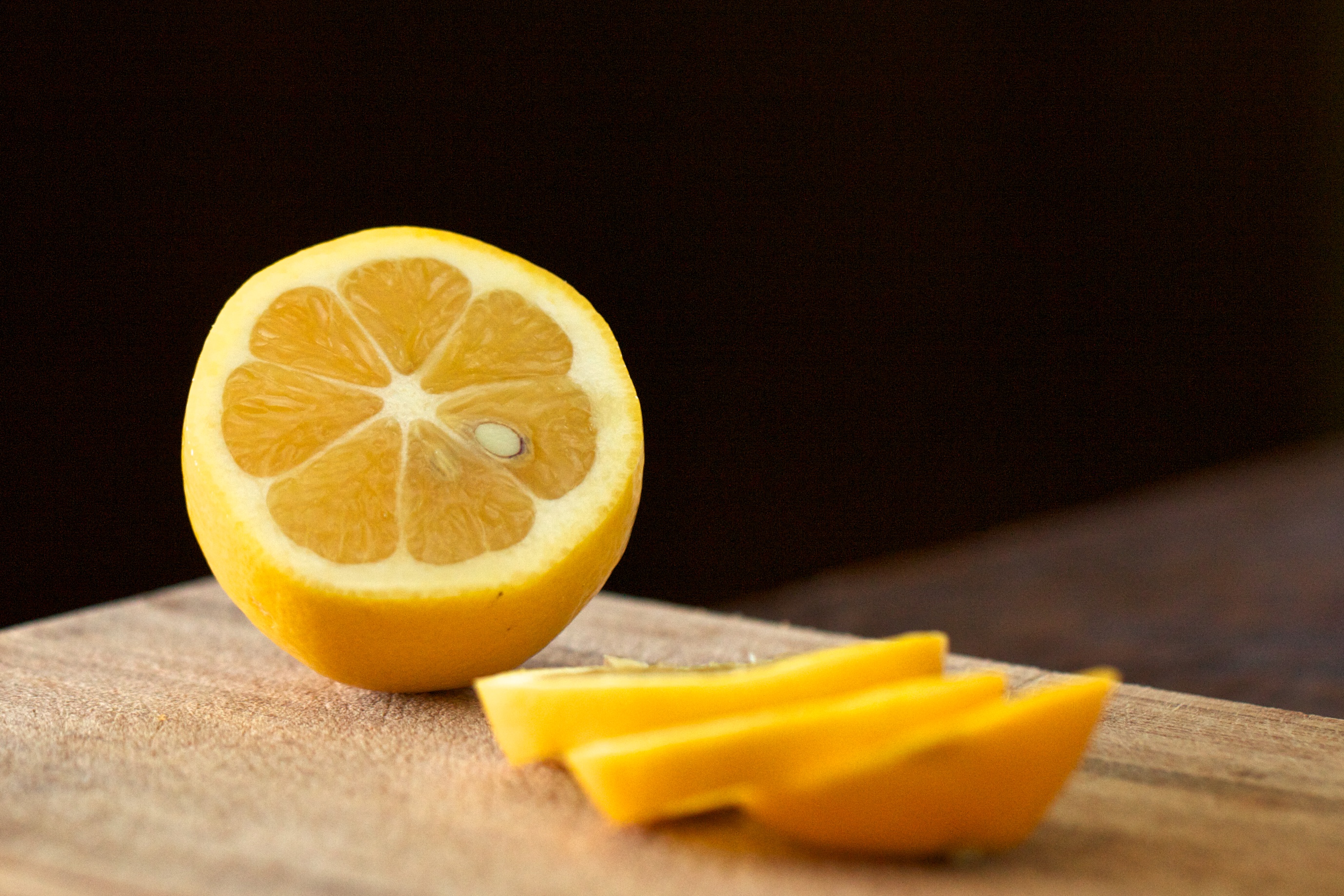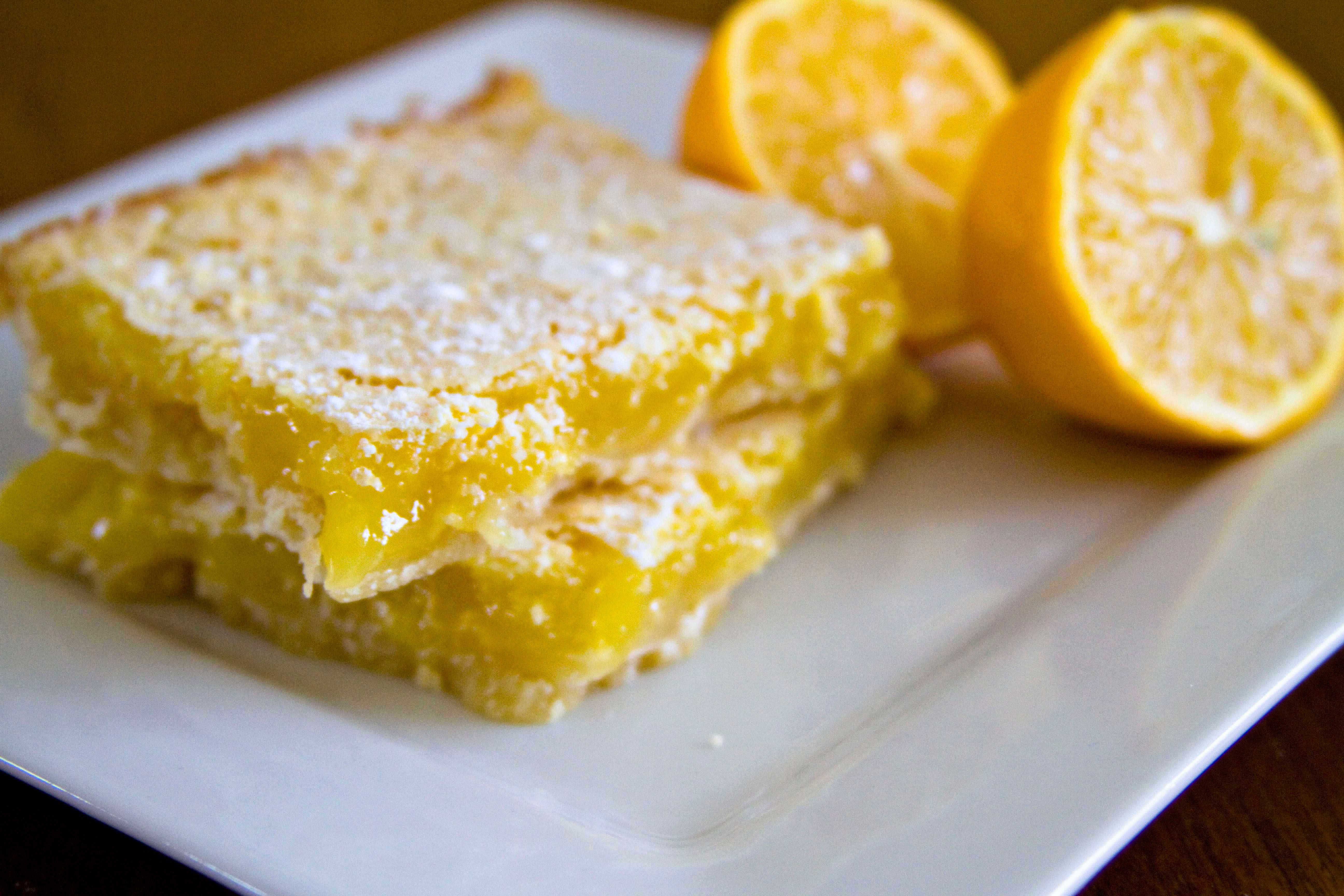
Riveting story published in Munchies about the man who traveled by foot, risking his life, over many continents to discover the Meyer lemon, asparagus, pears, and many other edibles we now cherish:
The Mysterious Life and Death of Frank Meyer, the Man Behind Meyer Lemons
The lemon variety made its way to the US via the tiger-fighting, monkey-smuggling Most Interesting Man of the Early 20th Century.
If you’ve ever had a Meyer lemon, the sweet lemon variety beloved by celebrity chefs for its delicate and not-too-tart flavor, you can thank plant adventurer Frank N. Meyer. But supermarket shelves never have enough room for the mysterious story of how Meyer’s lemons arrived in America, and the enigmatic and troubled man who cheated death on the other side of the world to find them.
Meyer’s story has faded to relative obscurity, told around campfires at botanical conventions for its exciting tales of plant espionage, but rarely mentioned in the kitchens of high-end restaurants that serve salads and tarts after his famous lemon. And why should they? We prize fruit for how it tastes and how much it costs, not necessarily where it comes from. But every fruit has a story.
Just like every lemon, orange, and grapefruit you’ve ever eaten, Frank Meyer came to America as an immigrant. (All citrus species that we consume today were first cultivated in Asia.) He left Holland in 1901 for a more exciting life, and to escape the boring fate of working in an instrument workshop. Meyer loved plants so deeply that he’d often name them and talk to them as friends, a quality his acquaintances found bemusing and strange.
Meyer’s other passion was walking, and not just down a road, but across entire countries. In his early days in North America, he had decided to walk around Mexico and pay his way by working in nurseries. By the time Meyer arrived in Washington, his legs were barely tired. Several nights before the biggest interview of his life at the US Department of Agriculture, he walked from DC to Mount Vernon and back—nearly 50 miles round trip. “Traveling and wandering are the only things that interest me,” he wrote his friends back home.
Once he returned from China with two white-cheeked gibbon monkeys for the National Zoo. (“They gave me as much trouble as children,” Meyer later said, regretting the inconvenience.)
The job that brought Meyer to Washington—and the one that would direct the destiny of his life—was to be a special agent for the USDA’s then-thriving Office of Seed and Plant Introduction. A team of botanists had spent a decade sending explorers to the farthest corners of the planet to find “plants of economic value.” The program’s founder, botanist David Fairchild, had been responsible for official introductions of avocados, mangoes, and dates, along with hundreds of other crops. Having recently gotten married, Fairchild was looking for a younger man to quite literally walk across China to learn the lessons and acquire the hardy crops of a country that had farmed citrus for more than 4,000 years.
Meyer arrived in Shanghai in 1905 with the enthusiasm of a man at the peak of his life. He was employed by a rising nation and given a high-stakes assignment. And most meaningfully, he would be able to walk day after day, much of it alone, in search of new plants. He assembled a small team including a translator, a few porters, and a guard, and set off.
For the next decade, Meyer had adventures that seemed too outlandish to believe if he hadn’t documented every detail. He was regularly attacked, threatened, and robbed. He stared down angry bears, tigers, and wolves. People who had never seen a white man accused him of being the devil, and guest houses often shut their doors in his face. During one extremely cold night in October of 1905, he stayed in a guest house where a French man had written on the wall, “Hotel of 1,000 bedbugs.” Meyer had to choose whether to sleep in a freezing room or light a fire that would awaken and invigorate the bugs. He lit the fire.
Along the way he picked up hundreds of varieties of soybeans—a Chinese crop now as ubiquitous on American farms as corn—along with varieties of persimmons, oats, wild pears, and asparagus. Each time he returned to Washington, officials anticipated his botanical bounties, which sometimes filled entire rail cars. Once he returned from China with two white-cheeked gibbon monkeys for the National Zoo. (“They gave me as much trouble as children,” Meyer later said, regretting the inconvenience.)

Photo by Susy Morris
And then one day in 1907, in a small village near Beijing, Meyer spotted a small tree with bright yellow fruit in a family’s doorway. A man told him the fruit was ornamental, but Meyer ignored him. He cut one to taste. It was sweeter than a lemon and more tart than an orange, and its high price—about 20 cents per fruit—suggested that people with an abundance of other types of citrus valued it highly.
Meyer sent cuttings back to the US. The Meyer lemon, as it came to be known, was first grown in Chico, California, and eventually in citrus hubs such as Florida and Texas. The Meyer lemon’s juicy flesh was perfect for lemonade, but its thin skin made it difficult to ship. It was a century before Meyer lemons entered ubiquity, adopted first by selective chefs, and then, in the early 2000s, incorporated onto shelves at Whole Foods and Trader Joe’s.
“Times certainly are sad and mad and from a scientific point of view so utterly unnecessary.”
For this find, and hundreds of other hardy and novel plant varieties, Meyer was never paid much. His annual salary, about $1,400, reflected a mid-level government worker, not a world-traveling adventurer. But the money never seemed to bother him, nor did the low-level fame he received in newspaper profiles that recounted his adventures. In 1908, the Los Angeles Times described how Meyer “with just coolies and carts” set off to cow a region of “outlaws, brigands, and murderers.”
His undoing, instead, was his feeling that the world was unraveling. At the same time that China entered its cultural revolution of 1911, Europe and the US were preparing for what would be World War I. Meyer had grown up in a utopian society in Holland modeled after Henry David Thoreau’s Walden, and had come to America seeking a future of harmony and peace. Instead, Meyer found himself increasingly isolated in China. As a white man, he was mistaken for being on both sides of the revolution and welcomed by no one. He was driven into deep despair at the state of the world, and found himself in long stretches of crippling depression.
“I feel the evening of life slowly descending upon me and the fearful sorrow which hangs all over the earth does not make life the same it once used to be,” Meyer wrote to his boss, Fairchild, on October 24, 1917 in the Chinese province of Hubei. “The loneliness and responsibilities, therefore, seem to become to me heavier and heavier.” Several months later, while wallowing in even deeper grief, he wrote what turned out to be the closing salvo of his life: “Times certainly are sad and mad and from a scientific point of view so utterly unnecessary.”
Finally, one night in early June 1918, Meyer boarded a steamer on the Yangtze River in central China bound for Shanghai, where he would leave the country. It was the last boat ride of his life. Late in the night, Meyer wandered over to the ship’s railing. There were no signs of a struggle or foul play, only, the captain reported the next morning, that Meyer had complained of a headache. His body washed up near a village, and a US consular officer went to retrieve it. Before Meyer’s body was sent to a Shanghai cemetery, the villager who had found it asked if he could have Meyer’s yellow shoes.

Photo by Sugarcrafter
The USDA considered Meyer’s death “a mystery,” and, absent any evidence that more strongly points to suicide, it still does. Until he died, Meyer was modest about the work of plant exploration his role played in transforming his adopted country. The Meyer lemon bears his name, but his introductions of soybeans have had the more lasting impact on thousands of farmers who benefited from hardier varieties in the 1920s and 30s, and who passed them along to farmers today.
But there were moments, rare and far between, when Meyer’s ego
“I will be famous,” Meyer promised his family in 1906. “Just wait a century or two.”
Daniel Stone is an editor for National Geographic and author of the new book, The Food Explorer, about the globe-trotting adventures of David Fairchild and Frank Meyer.
Leave a Reply